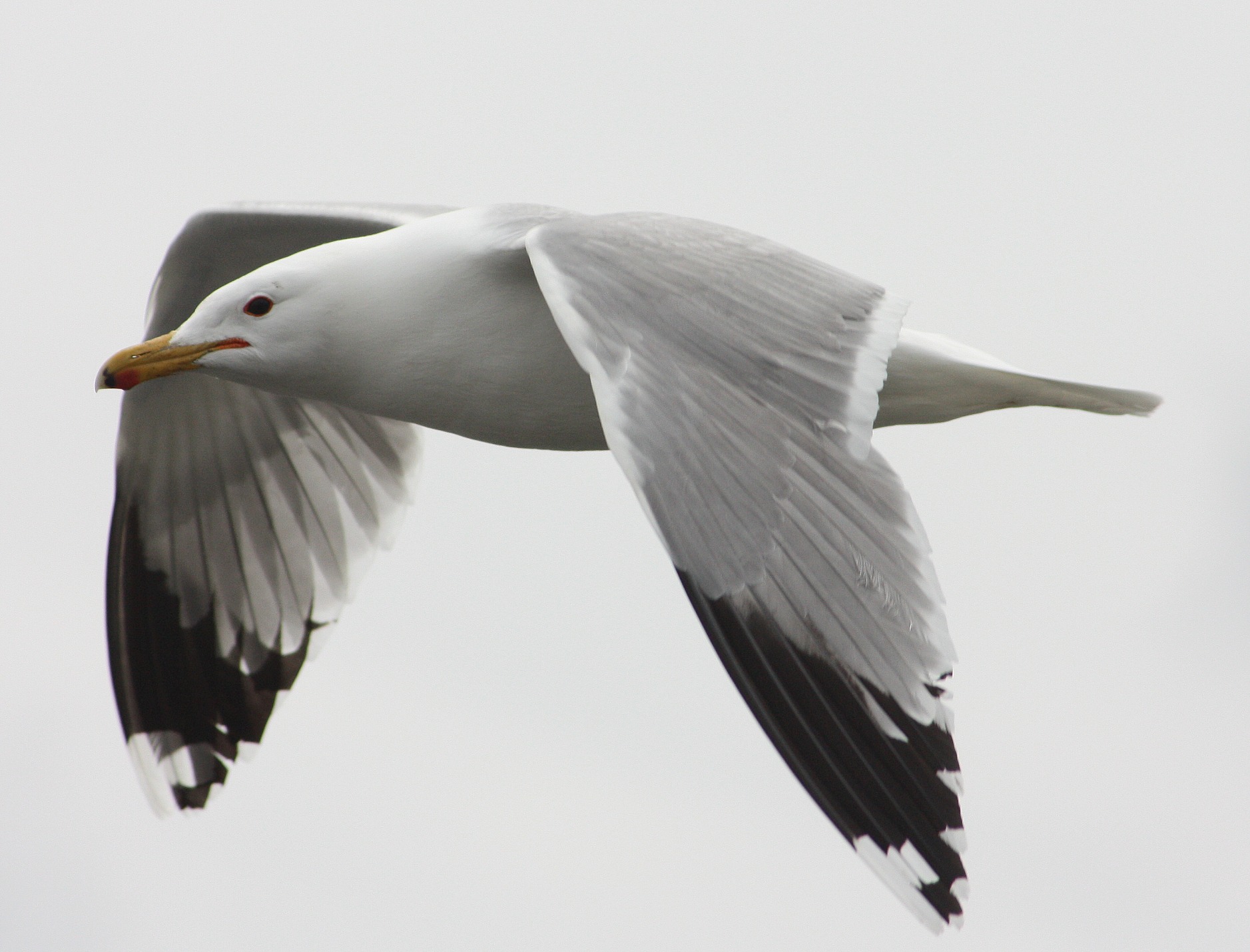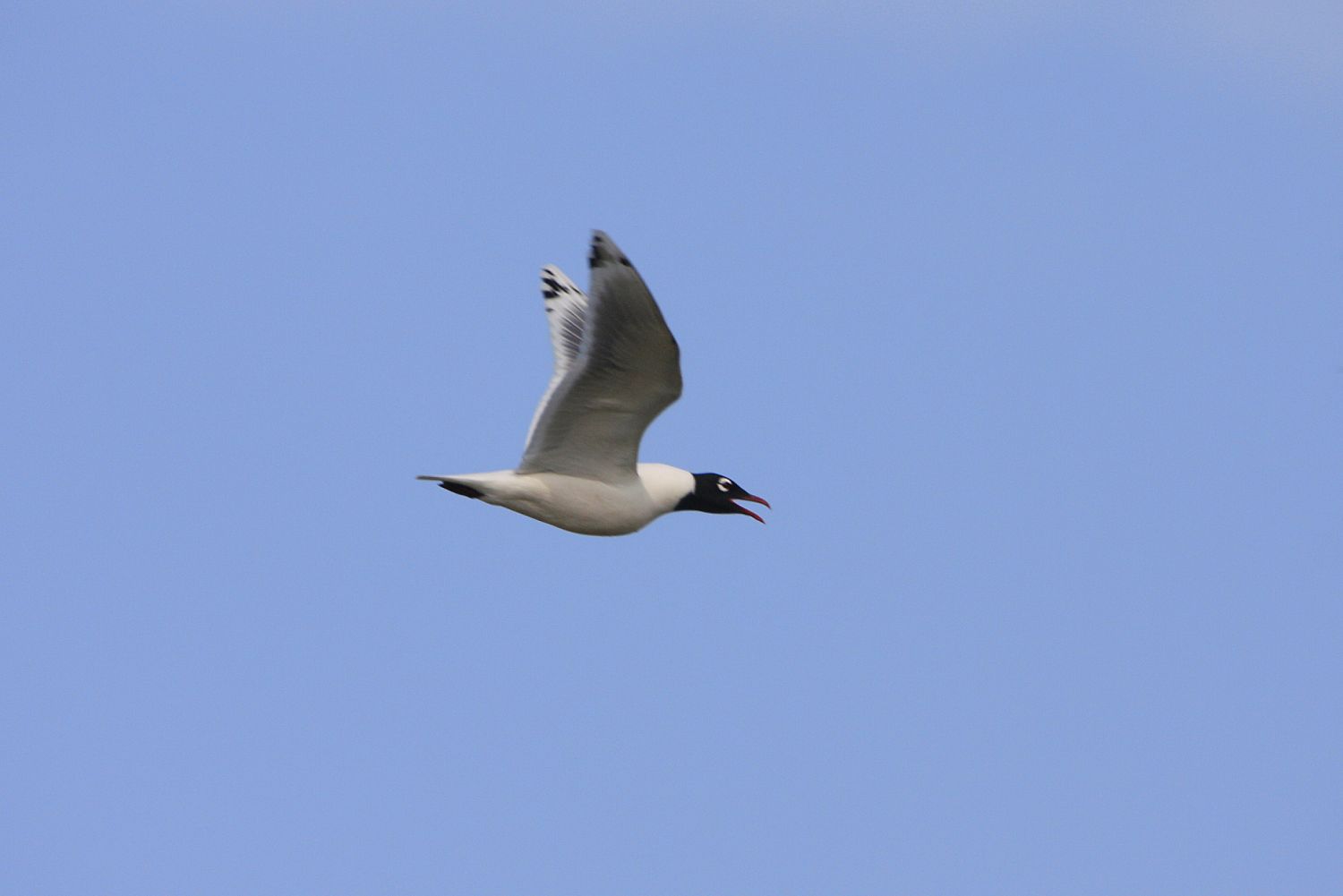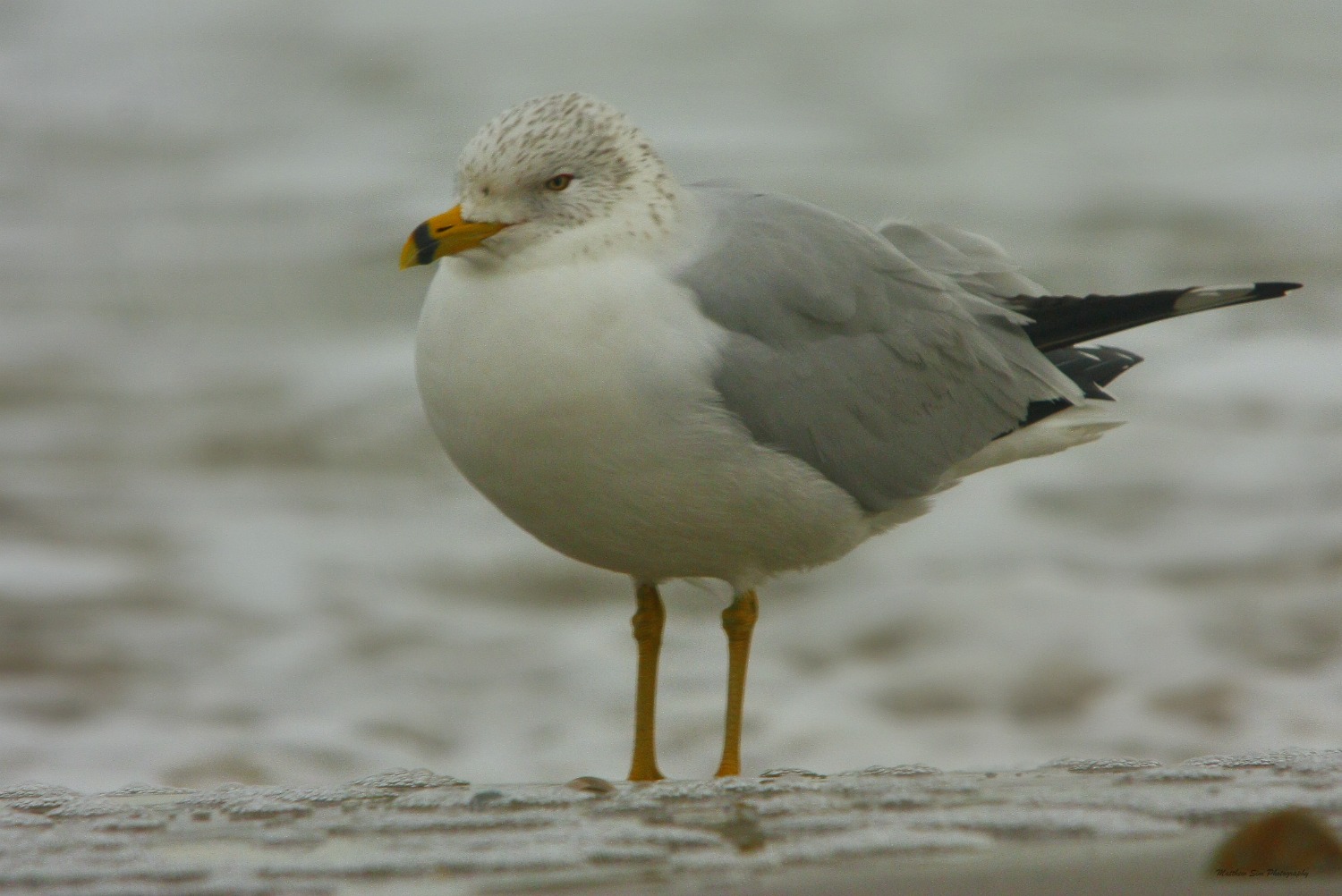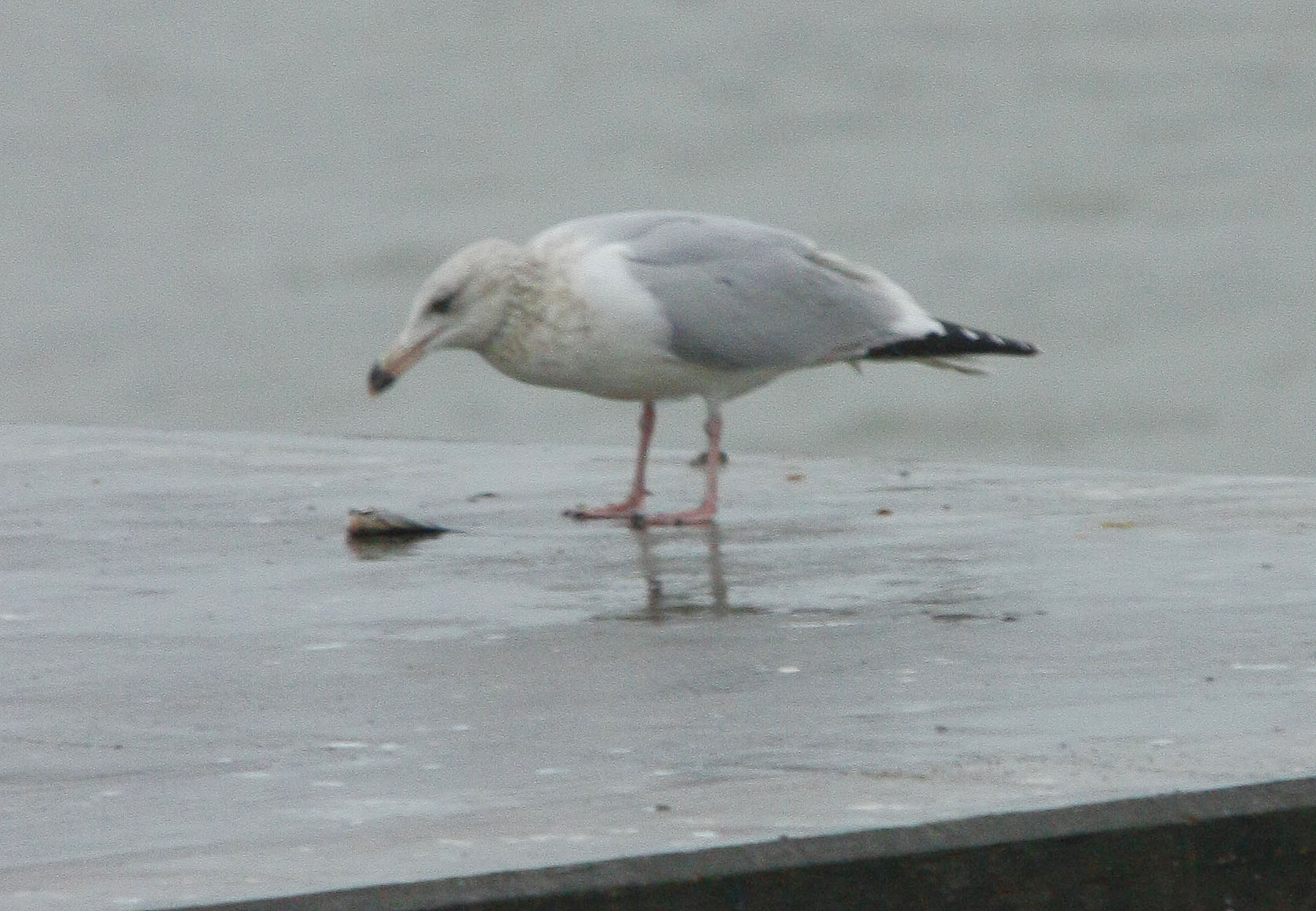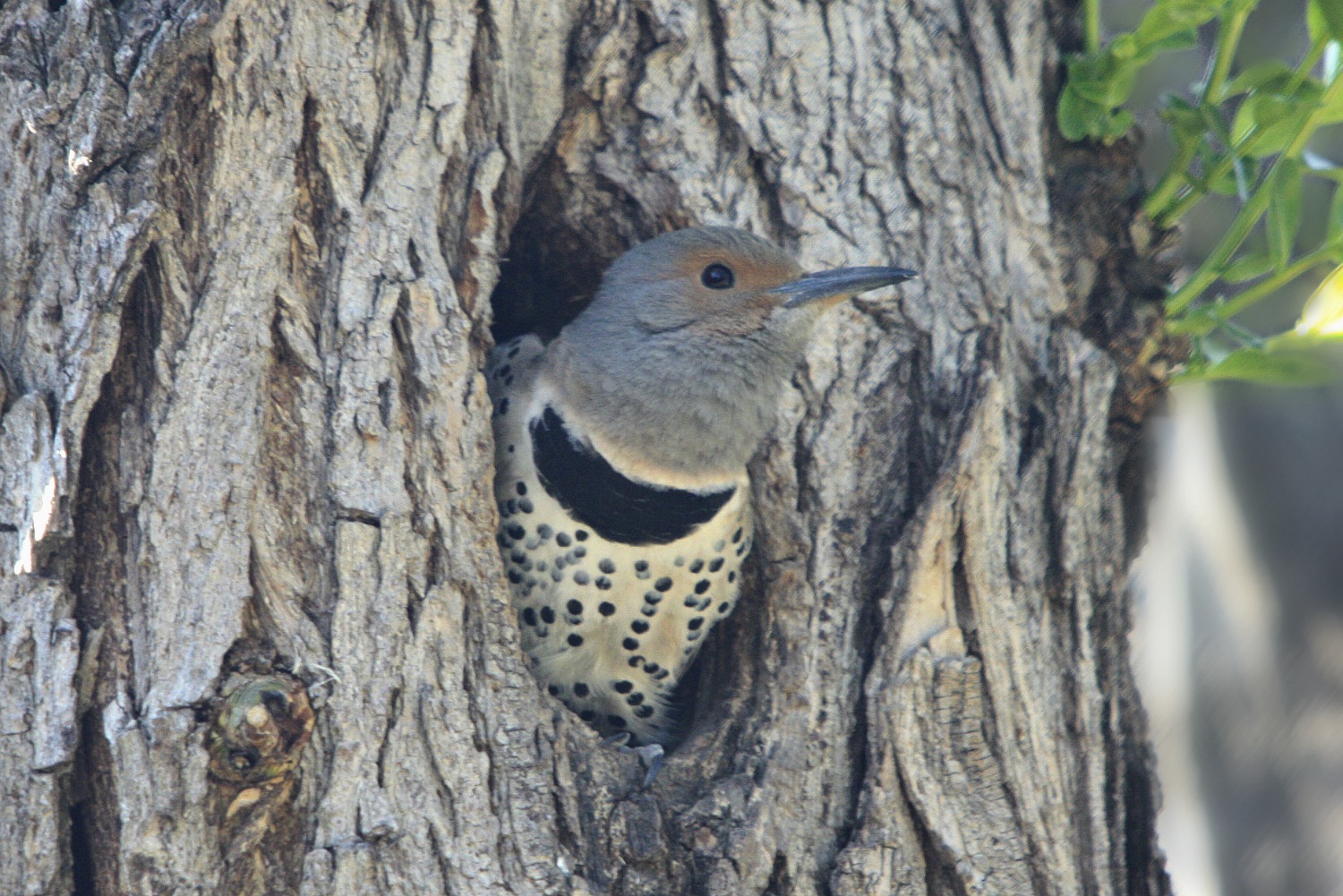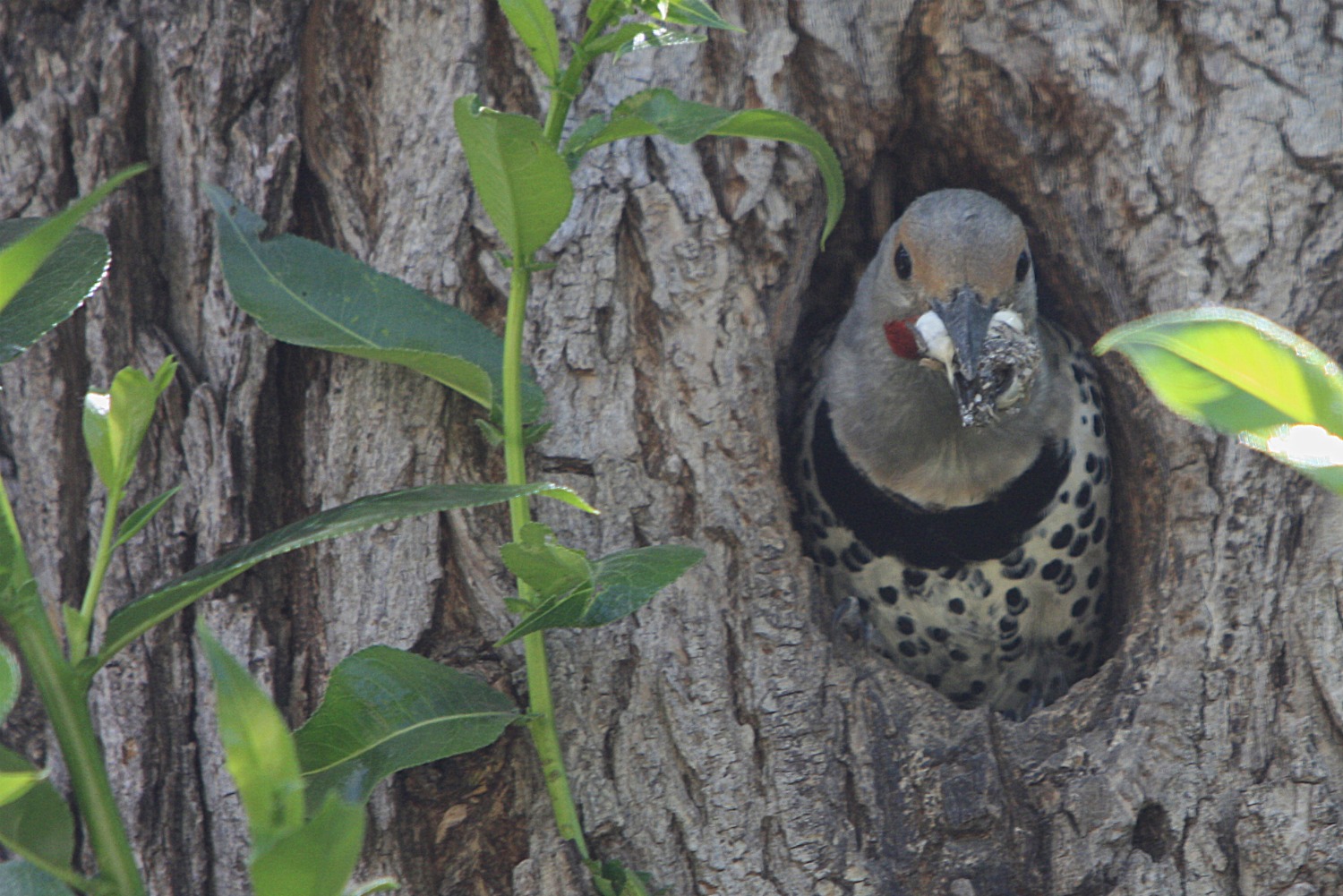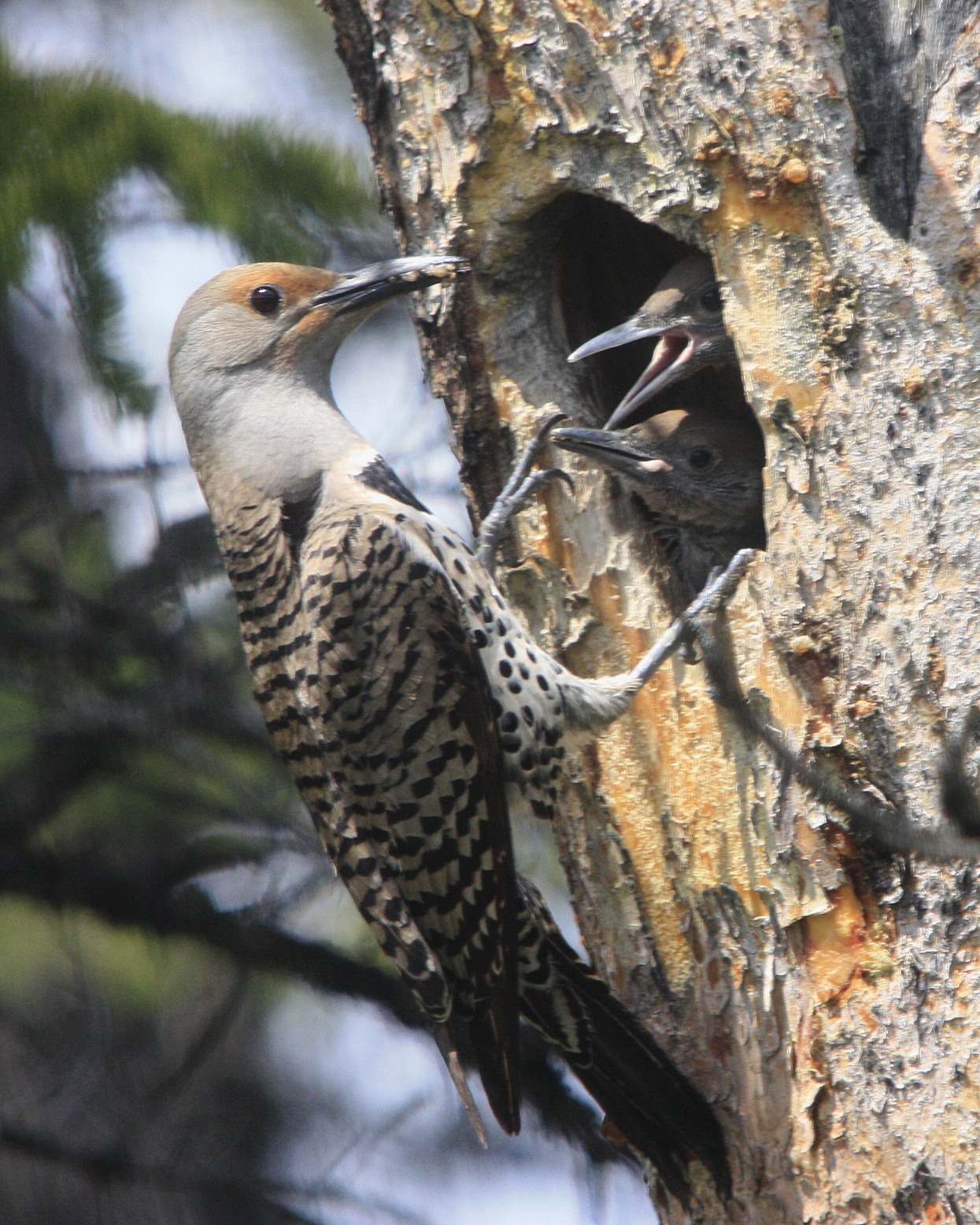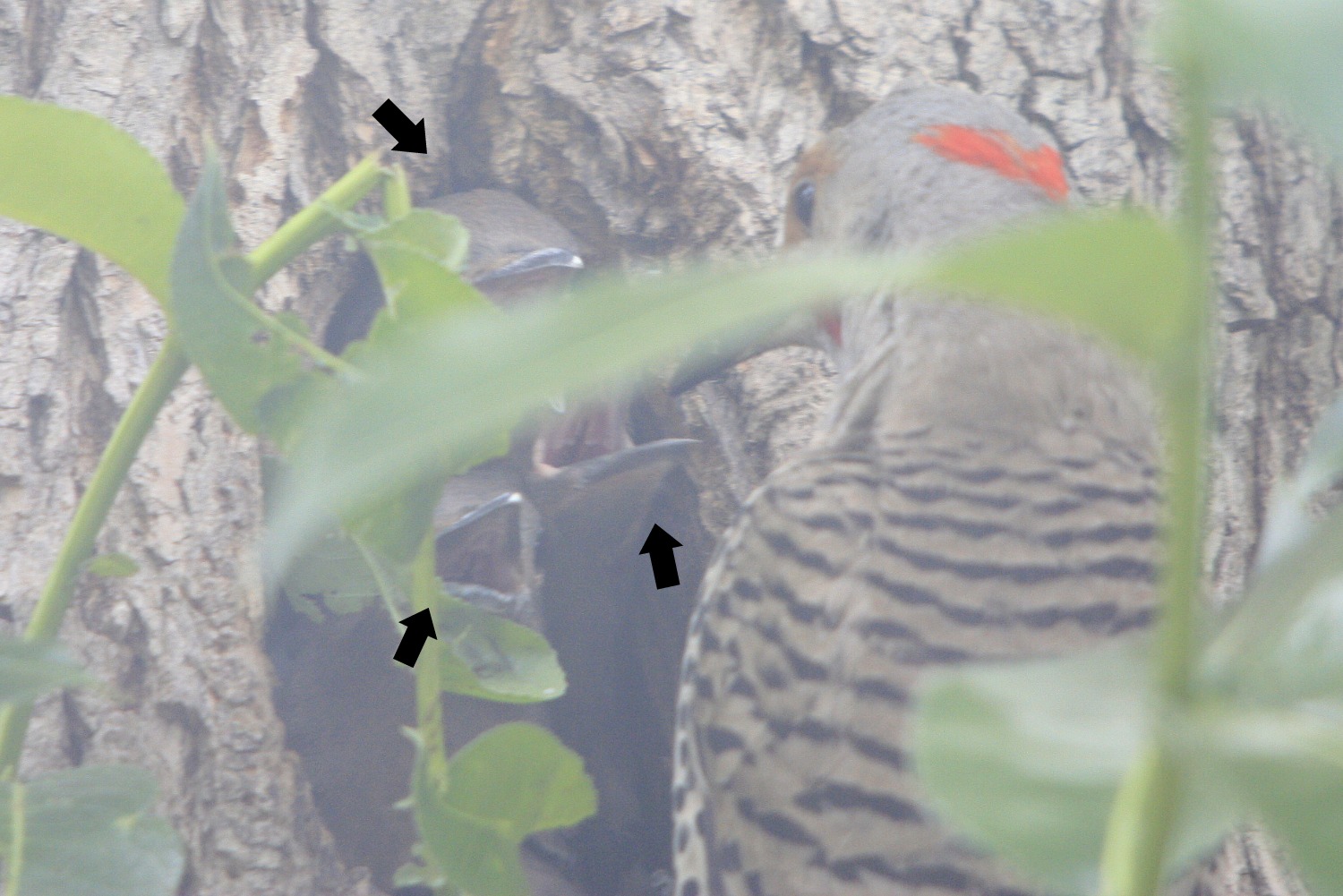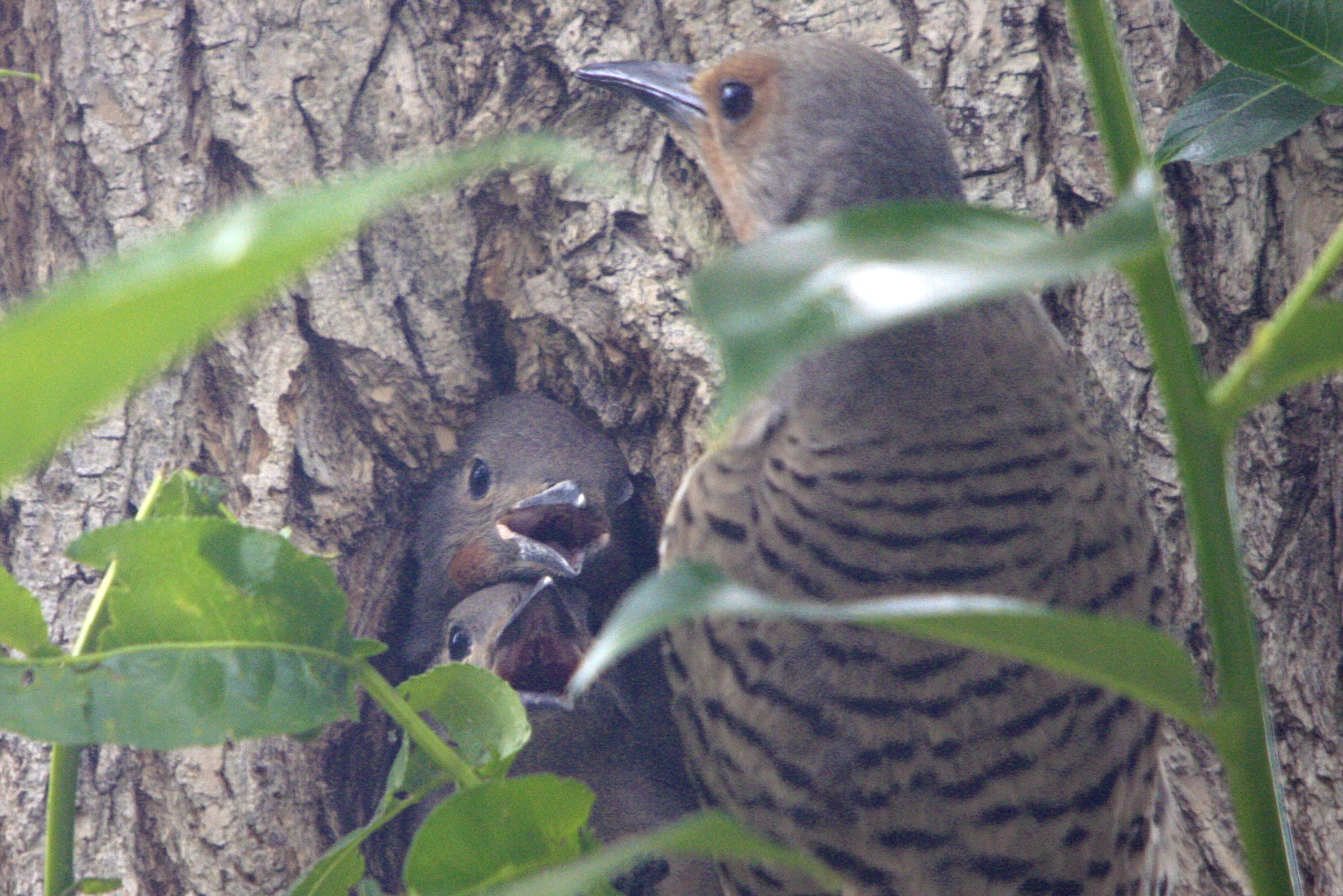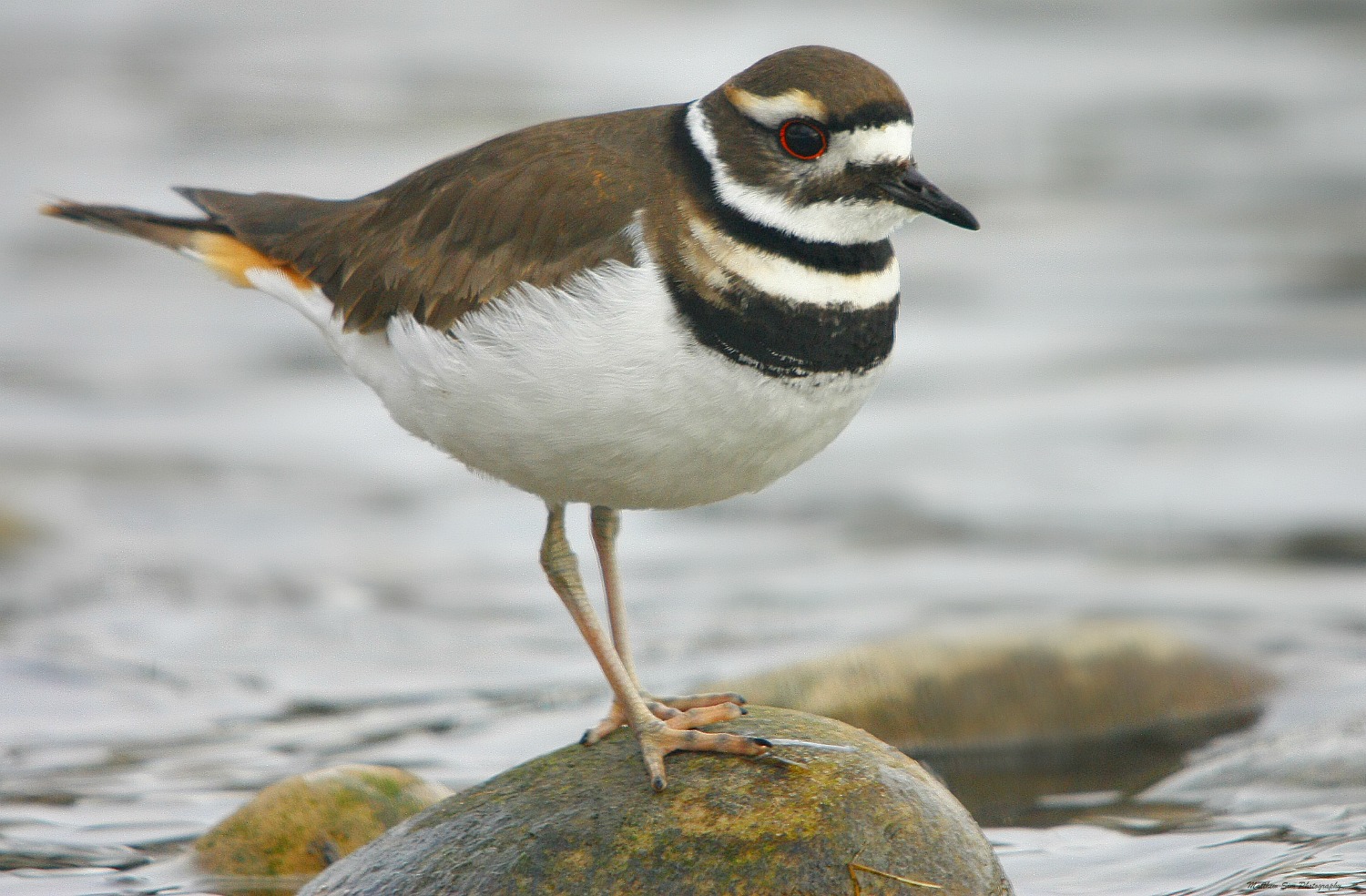Posted by Matthew Sim
After arriving back in Calgary from Houston for the summer last Friday, I couldn’t wait to get back out to Fish Creek. Sunday morning found me up bright and early (6:00) and out on my bike, riding down to Fish Creek Provincial Park, one of my favorite birding (and for that matter, one of my favorite natural) locations.
Almost immediately, I was seeing good birds. At the stormwater ponds between the Glennfield area and the Bow Valley Ranch I saw lots of waterfowl, including a pair of Cinnamon Teal and many Common Goldeneye ducklings.
At one pond, a coyote was hunting something in the long grass and remained oblivious to my presence.

After observing the coyote for some time, I continued riding my back towards the Ranch. I crossed bridge #11 and started towards Sikome and the river, but stopped abruptly when I saw the Great Horned Owl family; 5 in all, 3 owlets and their parents.

We as Calgarians are truly lucky to be able to observe owlets up close each year as they are never far off the path in Fish Creek. I marveled at the owls seemingly majestic haughtiness, as they all stared me down. Before long, I was off again, stopping again when I saw a strange sight at the top of a conifer. At the very top was a Brown-headed Cowbird, surrounded by what must have been millions of little bugs.
As I passed through the Sikome area, I observed many Richardson’s Ground Squirrels.
As I finally reached the river and the Hull’s Wood area of the park, I spotted what was probably the most colorful bird of the day; a male Baltimore Oriole.
There was a female with him and they seemed to be paired up, however she was more secretive as she gathered nest material and disappeared high into the poplars to build her hanging nest.
This trip to Fish Creek was excellent, and for me, having moved away, I now fully appreciate what a great park Fish Creek is.






